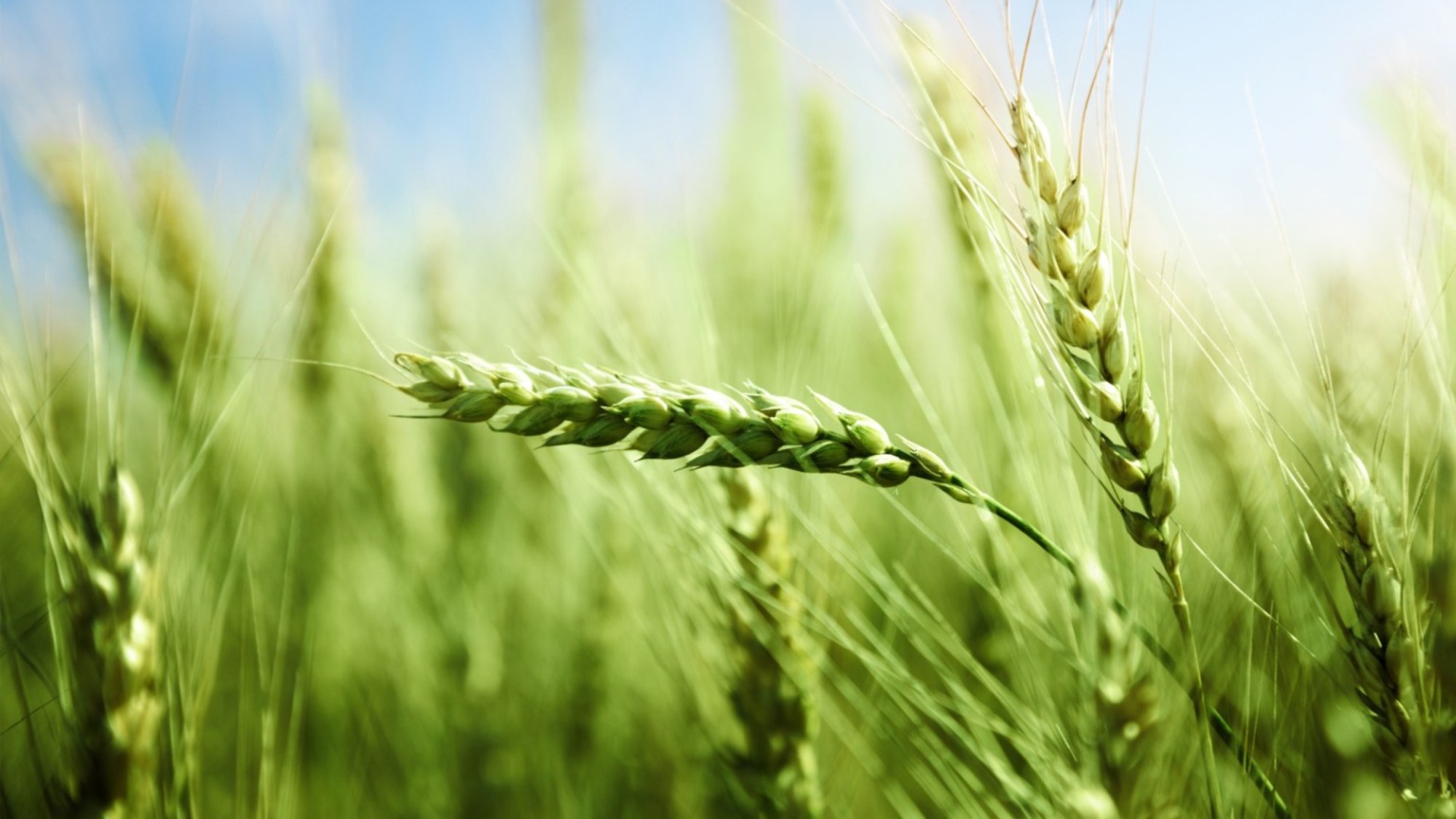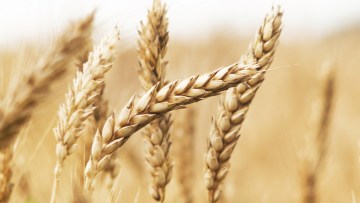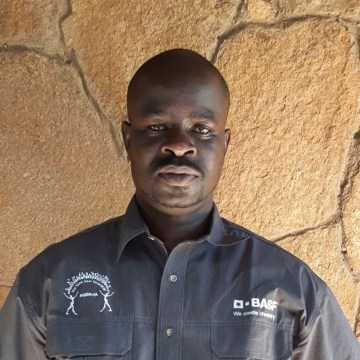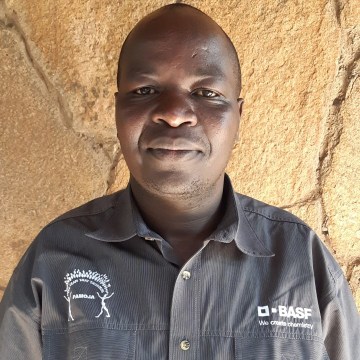Wheat
“Wheat is used to make biscuits, couscous, cereals and, of course, bread. Yet, we don't always realise that it’s one of the oldest food crops in the world,” says John Jacobs, Program Leader at the BASF Innovation Center. “At the same time, the crop still has a great future ahead of it!”
It is estimated that there will be around 10 billion people by 2050. If we want to keep feeding all these mouths, global wheat production must increase by 50% to 60%*. “Making more farmland available is not an option,” says Jacobs. “If you add the increasingly unpredictable weather conditions to the equation, as a result of climate change, you know that we are facing a very big challenge. We therefore need to develop wheat varieties that can thrive in more extreme conditions and deliver a higher and stable yield. One of the most promising techniques to achieve this is genome editing. It implies making very specific and precise adjustments to the genome of the wheat plant by using the genetic material that is present in the plant.”






